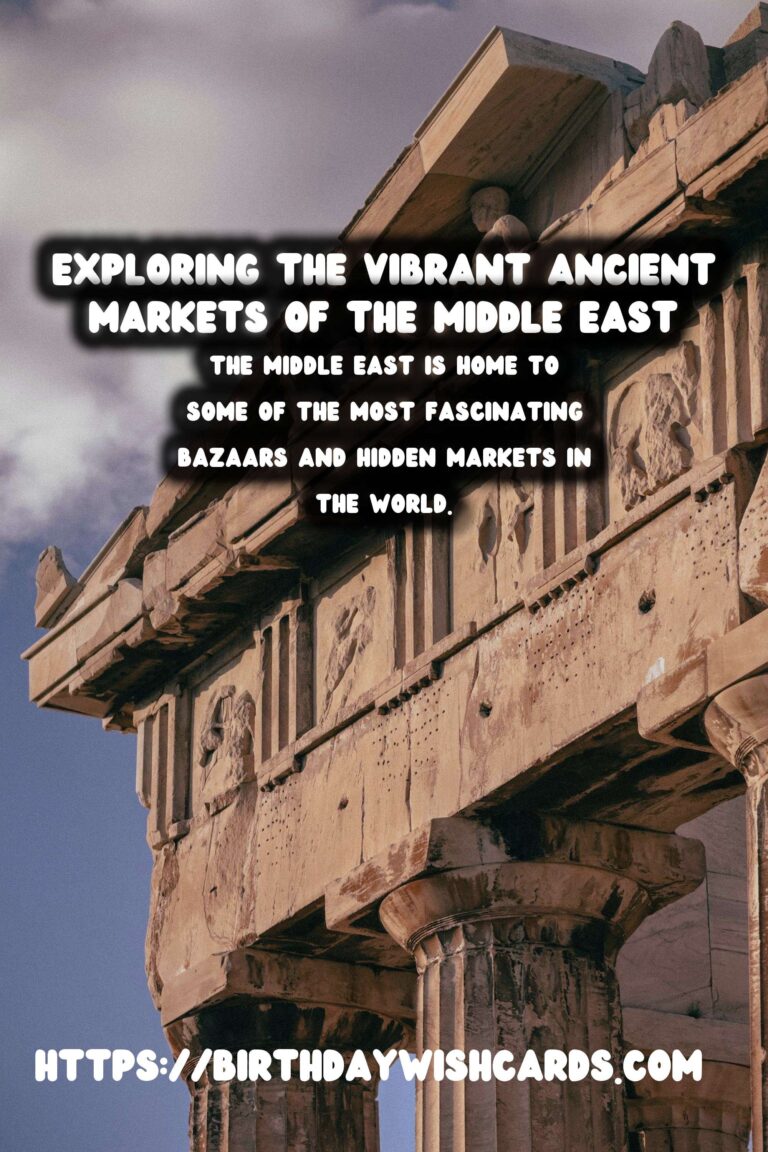
The Middle East, a region rich in history and culture, is home to some of the most fascinating bazaars and hidden markets in the world. These ancient commercial hubs are not just places of trade, but also a gateway into the vibrant culture and tradition of the area. In this article, we delve into the breathtaking allure of these markets, uncovering what makes them such a fundamental aspect of Middle Eastern heritage.
The Mystique of Hidden Souks
When venturing into a Middle Eastern bazaar, one is immediately enveloped by the intricate tapestry of life. Aromas of exotic spices waft through the air, intermingled with the bustling sounds of traders and customers bartering. Unlike modern shopping malls, these markets are filled with narrow, winding alleys where each corner brings a unique discovery. These hidden souks are often set in historic settings, their architecture revealing stories from long ago.
A Journey Through Time
These marketplaces have stood the test of time, going back several centuries. Some of the most renowned bazaars include the Grand Bazaar in Tehran, the Souq Waqif in Doha, and the Khan El Khalili in Cairo. These markets offer everything from handcrafted carpets and textiles to handmade jewelry and traditional garments. Each product tells its own story, making these bazaars living museums where history seamlessly merges with modernity.
Trade Centers and Cultural Crossroads
Historically, bazaars served as trade centers where merchants from across the globe would converge, making them melting pots of cultures. Here, under the charming awnings and colorful canopies, the exchange of goods also meant an exchange of ideas, traditions, and innovations. These interactions significantly contributed to the social and cultural development of the region.
The Modern-Day Bazaar Experience
While many of these markets have retained their historic charm, they have also evolved to meet the demands of modern commerce. Today, they are lively hubs where technology meets tradition. Sellers are equipped with mobile payment systems, yet they still rely heavily on traditional negotiation tactics. The blend of past and present makes visiting a Middle Eastern bazaar a unique experience.
Shopping and Bargaining: An Art Form
Shopping in these bazaars is not just a transaction; it’s an art form. Bargaining, a tradition as old as the bazaars themselves, is expected and welcomed. Visitors must be prepared to haggle politely but firmly. This ritual is not simply about price but about building a rapport with the seller, often leading to fascinating insights into the local culture and lifestyle.
Concluding Thoughts
The hidden markets and ancient bazaars of the Middle East are more than just places to shop. They are a cultural feast for the senses, offering a glimpse into the rich tapestry of Middle Eastern life. Whether you’re in search of unique souvenirs or wish to immerse yourself in the local culture, these markets promise an unforgettable journey.
The Middle East is home to some of the most fascinating bazaars and hidden markets in the world. These markets offer everything from handcrafted carpets to traditional garments, making them living museums. 
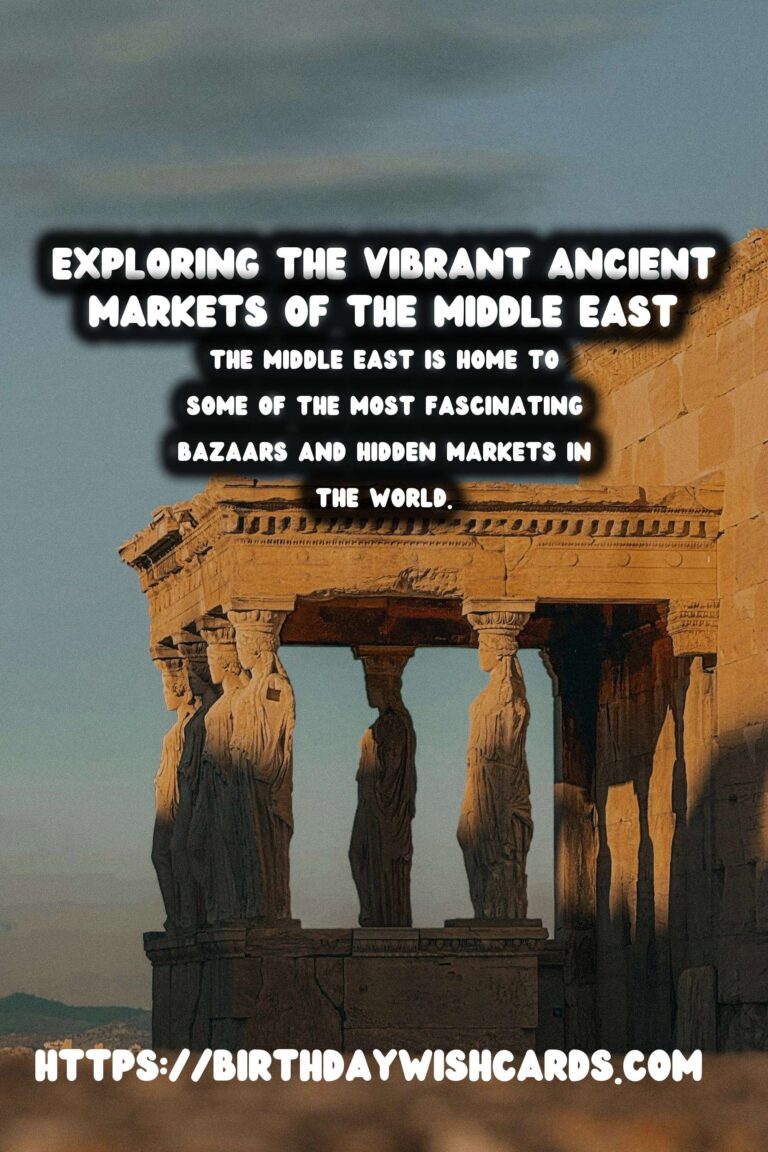
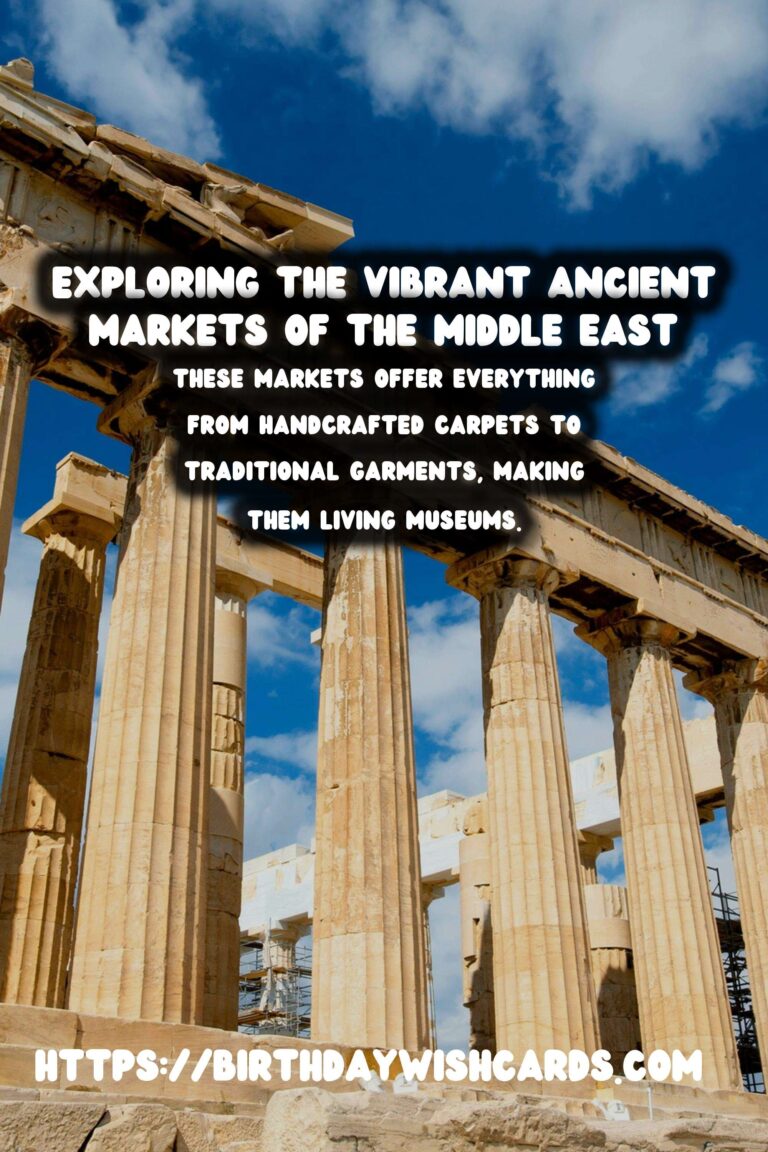
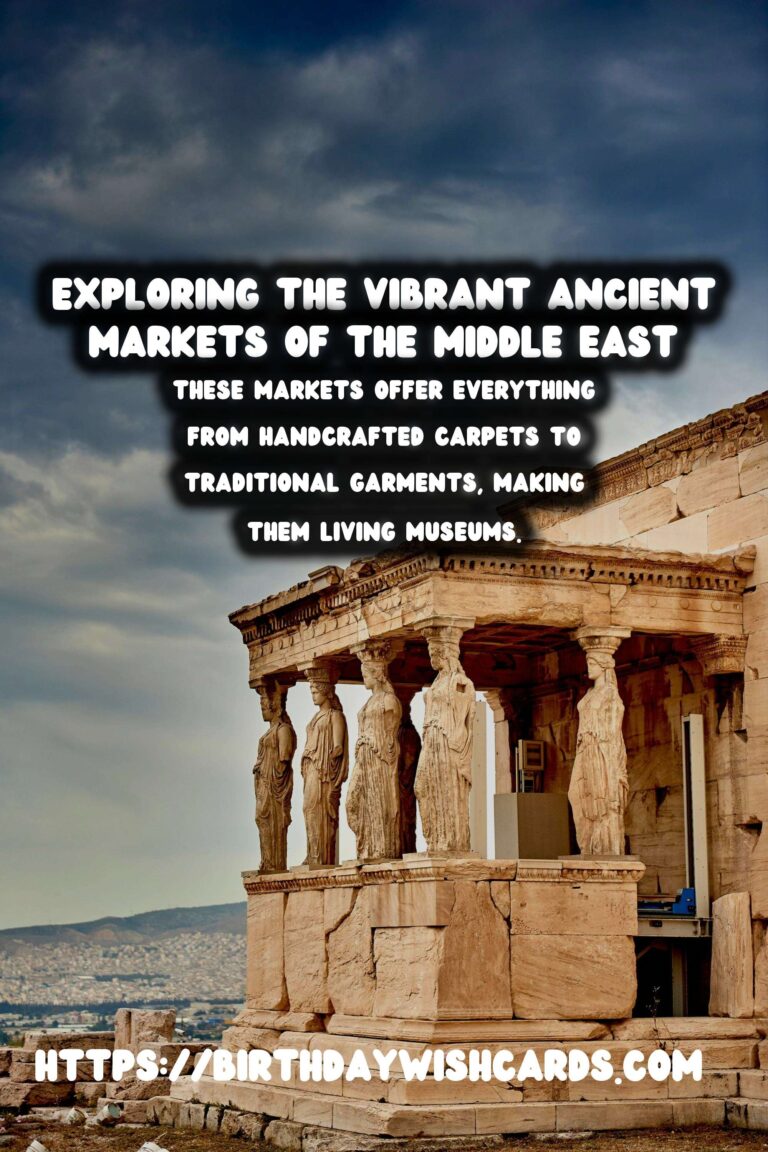
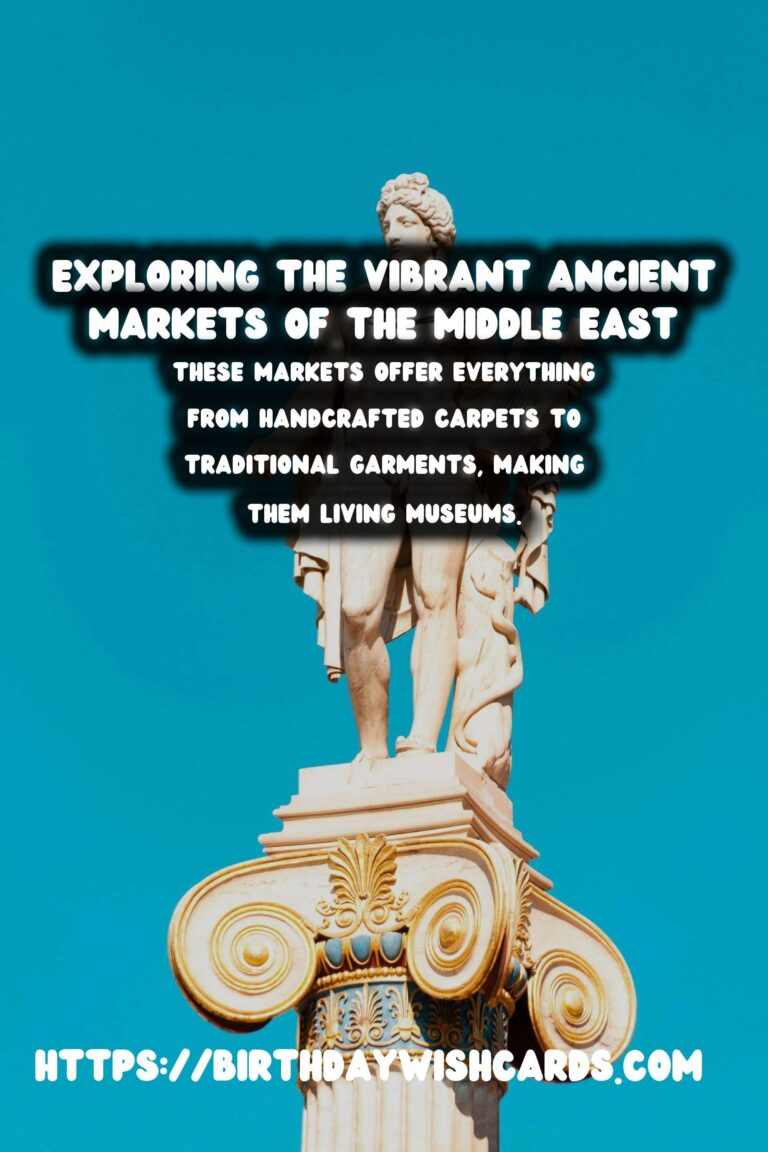
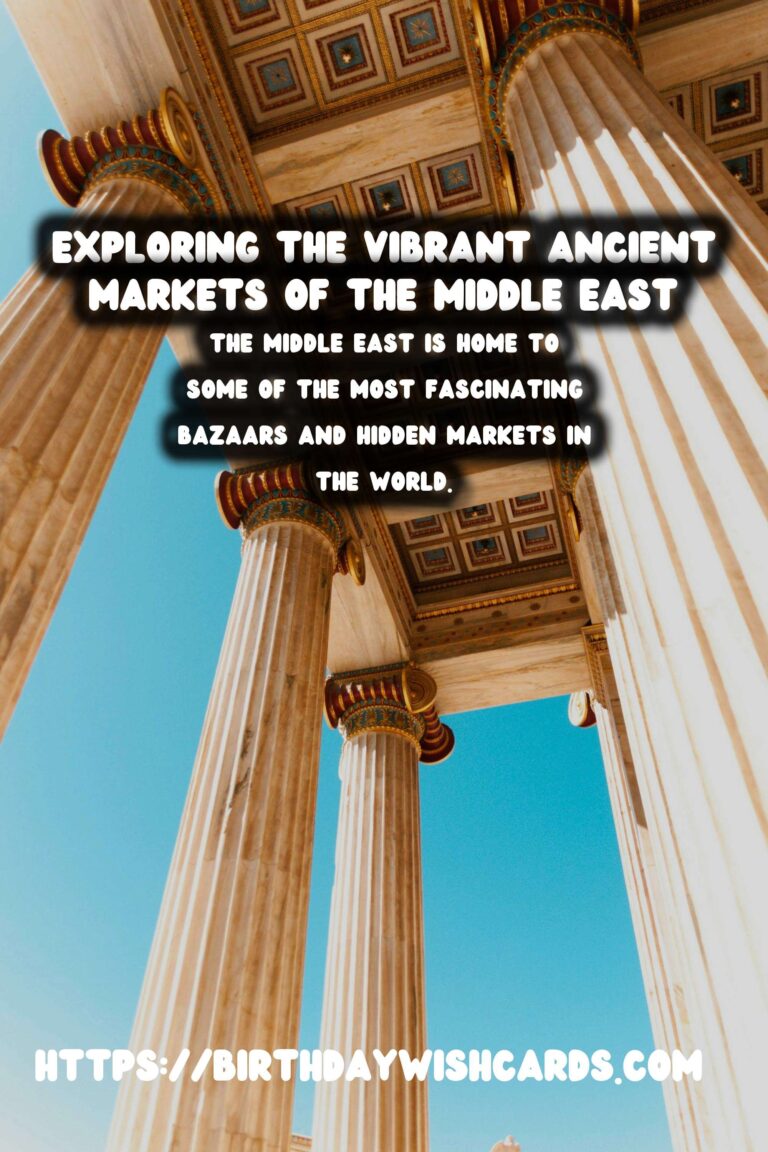
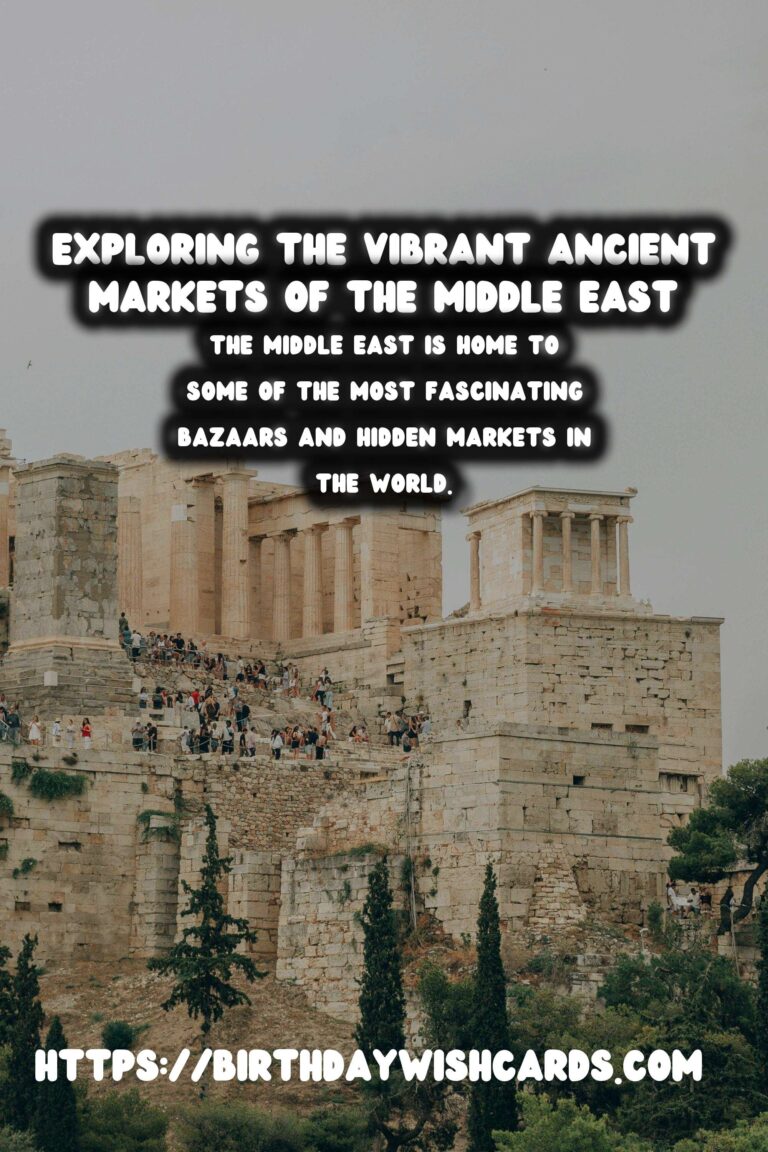

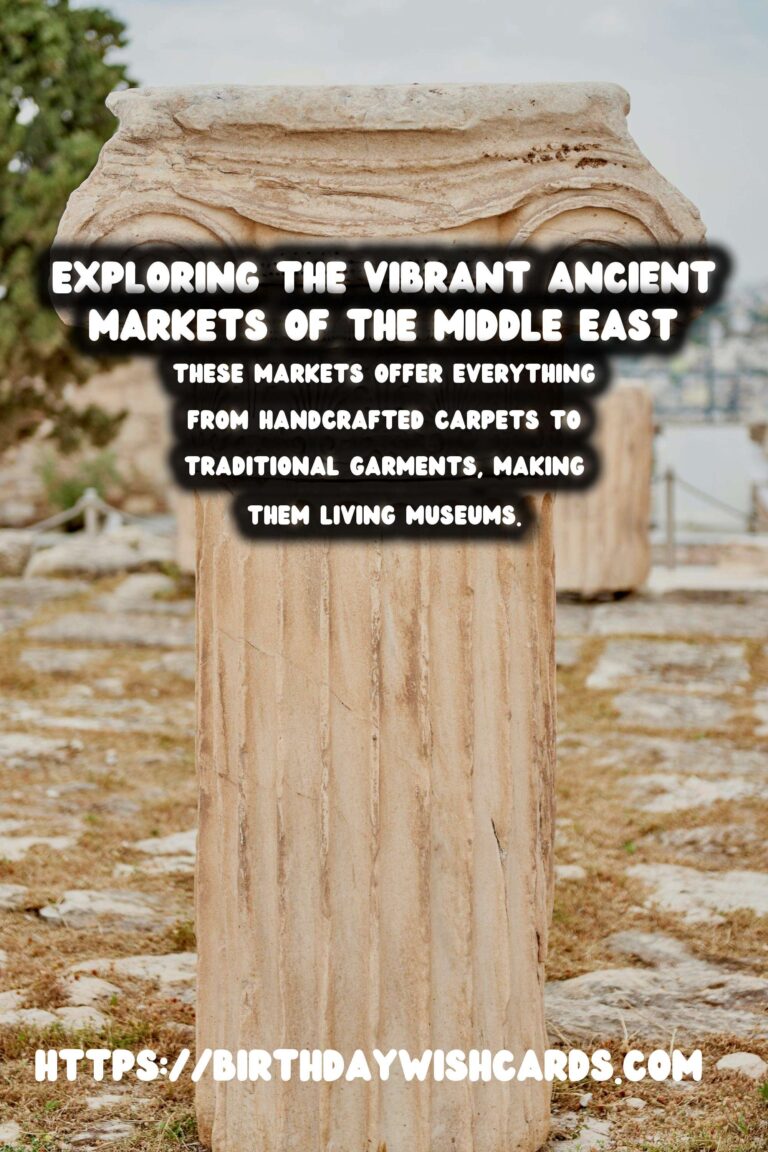
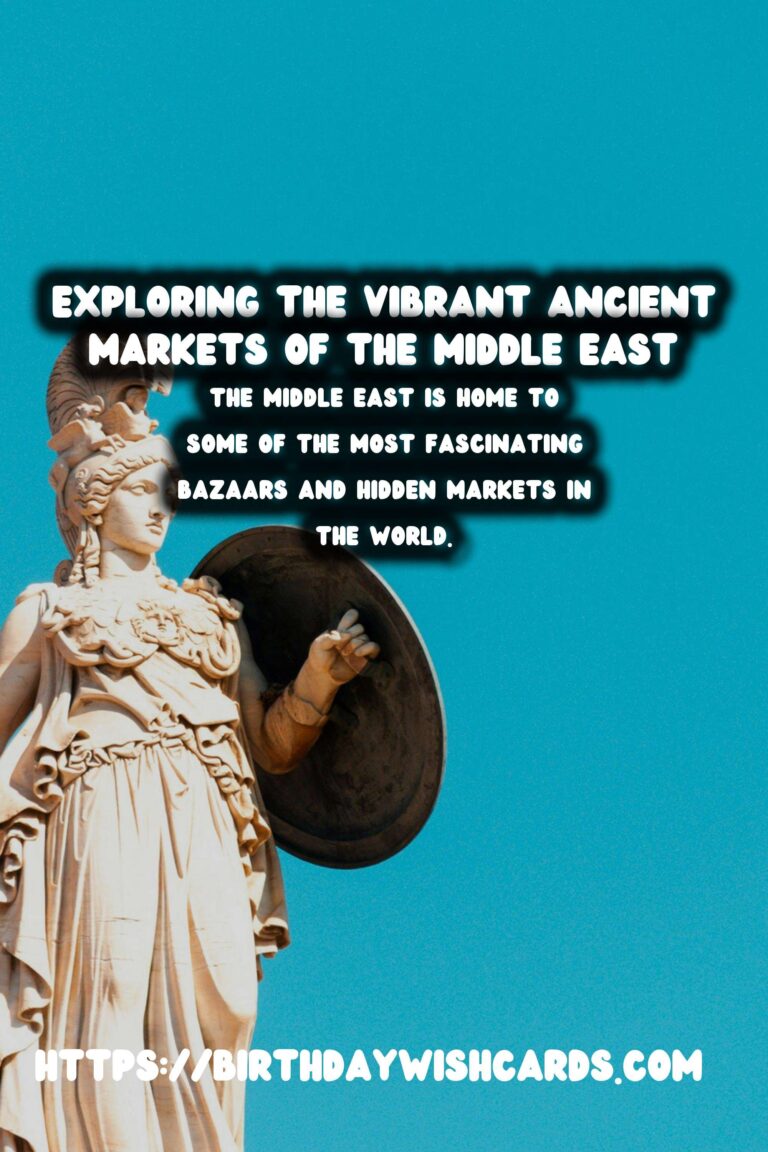
#MiddleEast #Bazaars




